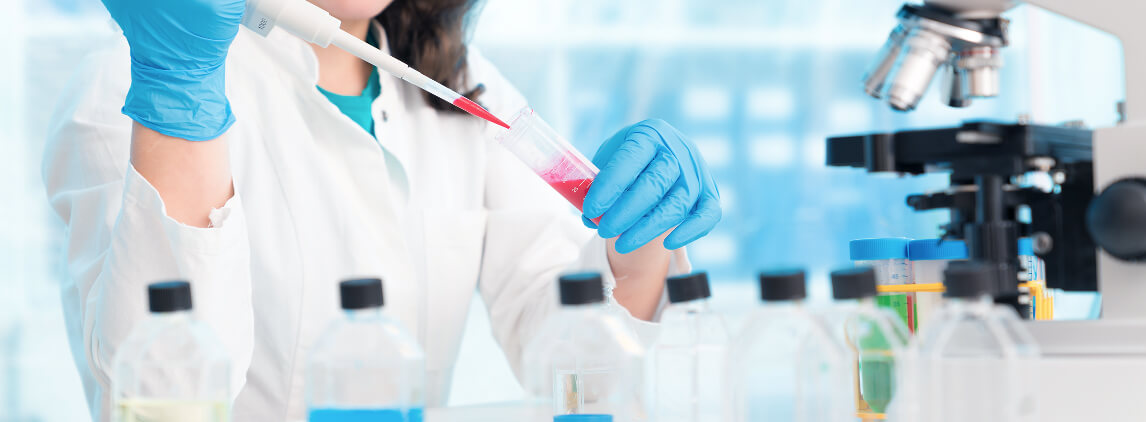To understand why stem cell therapy has proven to be such a promising and revolutionary treatment in the medical field, one must first understand the unique characteristics of stem cells:
Unlike all other cells in our bodies which are specialized (e.g. heart cells, blood cells, nerve cells), stem cells are undifferentiated cells naturally found and produced in our bodies, from which all other specialized cells arise. No other cell in the body has the innate ability to generate new cell types. Therein lies the crux of stem cell therapy—the potential to create new, healthy, youthful and specialized cells; particularly where disease and injury have caused tissue damage in the patient.
Stem cells remain in their undifferentiated state until their use is required by the body, in which case it will locate the area of need and apply themselves there—differentiating themselves into specialized tissues (e.g. organ tissue or cartilage). This process helps our bodies repair and renew its organs and systems.
Most potent, abundant and flexible in youth, the quality of our stem cells naturally decline as we age, placing our bodies at a higher risk of disease, illness and slower recovery. You can see this playing out in real life whereby injured children tend to recover much faster than injured adults, because their bodies are able to repair themselves more efficiently.
Stem cells come from two main sources—adult body tissues and embryos. Although embryonic stem cells are the most versatile and potent due to their youth and their ability to differentiate into much more cell types than adult stem cells, they are also controversial due to ethical concerns that they are derived from human embryos. Alternatively, umbilical cord blood is also a good source of youthful stem cells that have the ability to generate into many different cell types. Other adult stem cells—which are more limited in what type of cells they can generate—can be found in the bone marrow and adipose fat tissue, among others.




